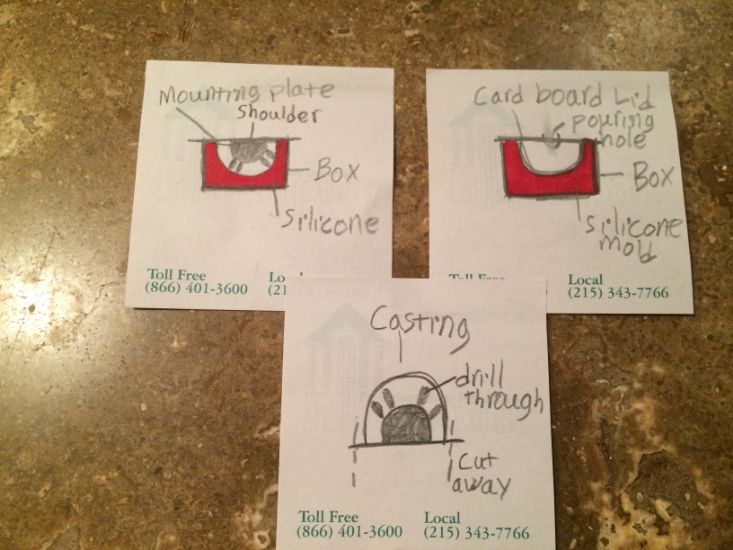Talaaya
Well-Known Member
Re: 3D Printed Samus Varia Suit
Well I guess I'm probably not using fiberglass...
I did some more research and I didn't realize that both epoxy and polyester resins get hot when curing. I can't have it warping my very heat-sensitive worbla. Gah!
Now I don't know what to do. Does anyone have ideas on how to reinforce the inside of the shoulder without making it heavy and without introducing heat? Are there other kinds of resins or something else that can be used to solidify fiberglass cloth?
Maybe if I do it in just the right way I can get it to work. Hmm...
Edit: After more research I came across this stuff called Aqua Resin. It's water based, intended to be used for fiberglassing, and since (I think) it's curing by evaporation of water instead of a solvent coming in contact with oxygen, I assume it doesn't get hot. Bonus: it cures in 10-15 minutes instead of hours, and no fumes!
Well I guess I'm probably not using fiberglass...
I did some more research and I didn't realize that both epoxy and polyester resins get hot when curing. I can't have it warping my very heat-sensitive worbla. Gah!
Now I don't know what to do. Does anyone have ideas on how to reinforce the inside of the shoulder without making it heavy and without introducing heat? Are there other kinds of resins or something else that can be used to solidify fiberglass cloth?
Maybe if I do it in just the right way I can get it to work. Hmm...
Edit: After more research I came across this stuff called Aqua Resin. It's water based, intended to be used for fiberglassing, and since (I think) it's curing by evaporation of water instead of a solvent coming in contact with oxygen, I assume it doesn't get hot. Bonus: it cures in 10-15 minutes instead of hours, and no fumes!
Last edited:








